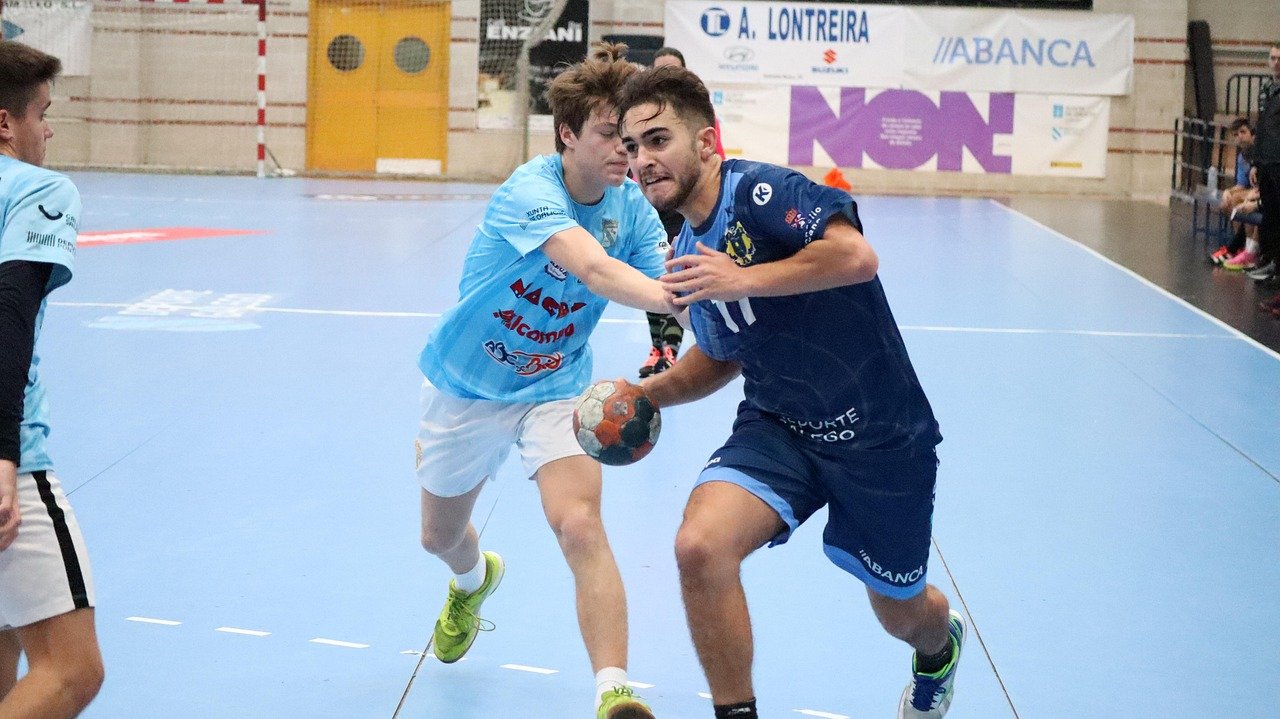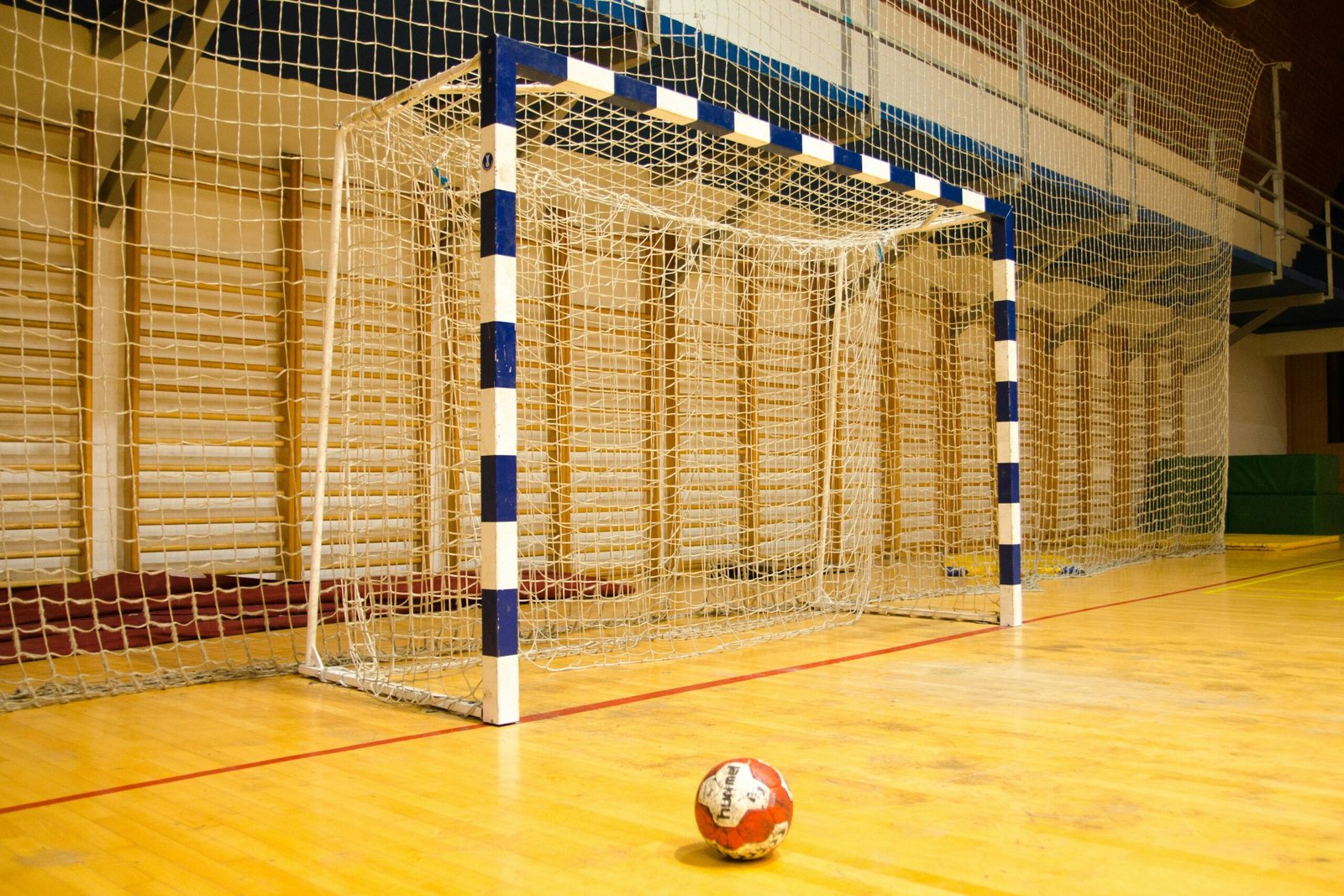Modern handball demands versatility and fluidity. One of the defining features of high-level play is the strategic use of positional rotations and switching roles during attack and defence. This not only confuses the opposition but allows teams to maximise their strengths and exploit defensive weaknesses.
Why Positional Rotation Matters
Unlike static systems, positional rotation helps:
- Create shooting opportunities by disorganising the defence.
- Optimise matchups by moving stronger attackers into favourable positions.
- Keep defenders guessing, which reduces their ability to anticipate and block passes or shots.
Common Rotations in Handball
Backcourt Rotations
Backcourt players (left back, centre back, right back) frequently switch roles:
- A centre back might rotate to the left or right to open up central space.
- Backs can cross paths (a move called a “criss-cross”) to create confusion.
This dynamic movement is ideal for drawing defenders out of position and creating gaps in the defensive line.
Backcourt to Wing and Wing to Backcourt
Wingers may switch with backs to utilise their speed and shooting angle:
- A left back rotating to the left wing may drag their defender with them, opening up space for a shot from 9 metres.
- Similarly, a wing moving into a backcourt position might draw a less agile defender, enabling a quick breakthrough.
Pivot Rotation
The line player (pivot) can rotate out to a back or wing position:
- This pulls the defence forward, creating space behind.
- A back may then cut into the line to take up a central shooting position.
These rotations demand high awareness and timing, ensuring no overlap or confusion between teammates.
Switching Roles in Defence
Defensive switching is equally important:
- Players might swap marks mid-attack based on movement or physical mismatches.
- Zones can be adapted fluidly, e.g., transitioning from a 6-0 to a 5-1 setup mid-play.
The key is communication and rapid decision-making.
Communication and Timing
Rotations require:
- Clear calls between players (using hand signals or verbal cues).
- Good timing to avoid crowding or leaving a gap for interceptions.
- Anticipation of opponents’ defensive reactions.
Training Rotations Effectively
To practise rotational play:
- Use 3v3 or 4v4 mini-games focusing on movement and role swaps.
- Incorporate video analysis to study effective professional rotations.
- Rotate players in training to familiarise them with all positions.
When to Use Rotations
Rotations are particularly effective:
- Against well-organised static defences.
- When your team lacks individual breakthroughs and needs to create space collectively.
- To confuse man-marking setups or expose slower defenders.
Risks of Poorly Executed Rotations
If mistimed or unclear, rotations can result in:
- Miscommunication leading to turnovers.
- Players running into each other’s space.
- Missed scoring chances due to unclear shot roles.
Coaches must ensure players understand their routes, alternatives, and responsibilities before implementing complex rotation systems.
Final Thoughts
Rotational play adds depth and unpredictability to your handball strategy. When executed well, it can dismantle even the most solid defensive structures. However, it requires planning, practice, and perfect timing. By integrating positional rotations and encouraging players to adapt to different roles, teams become more flexible, harder to defend against, and capable of controlling the rhythm of the game.



